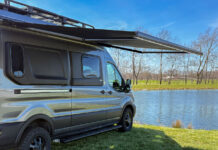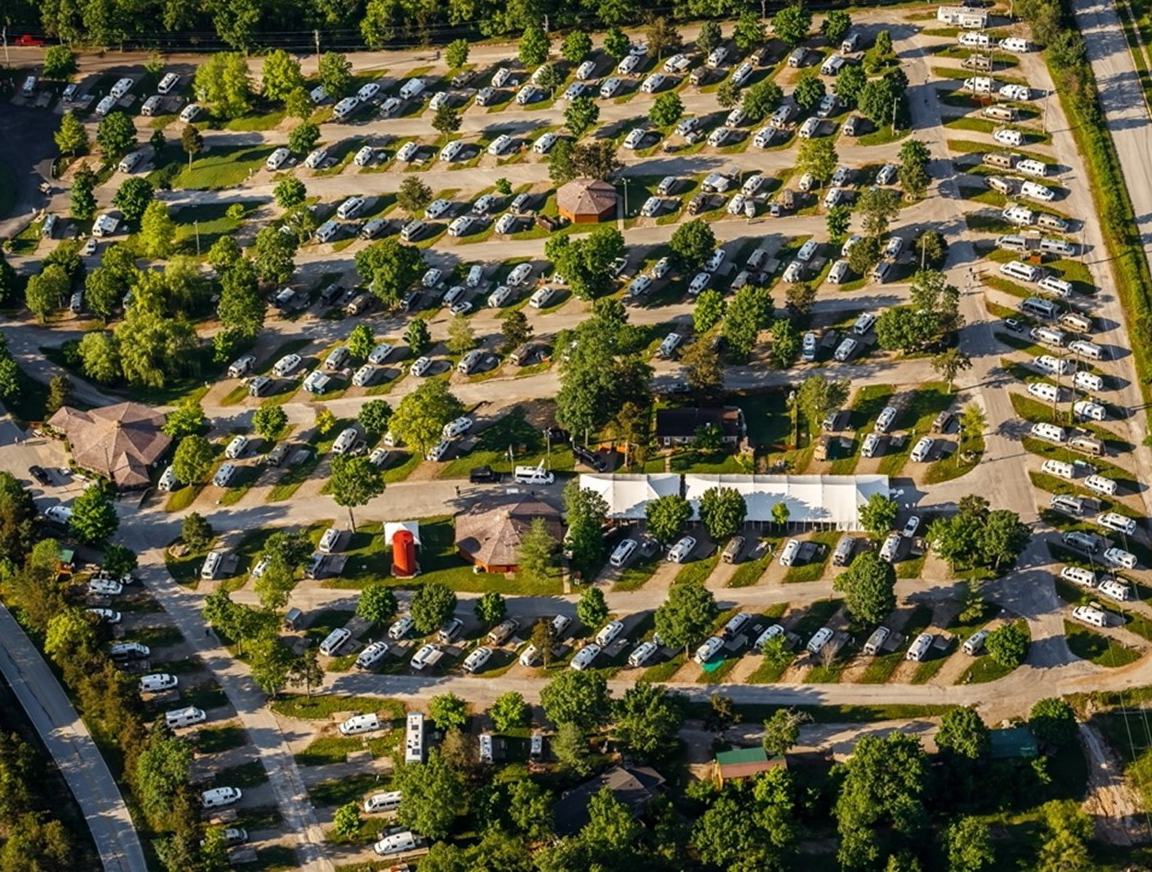Hello Garth,
We enjoy reading RV Lifestyle magazine and always look forward to the new issue. My question is, do you have any experience purchasing an RV (I’m looking into 5th Wheel trailers) from the United States and importing it back over the boarder? What are the advantages and disadvantages?
Julie and Chris Arthey
Guelph, ON.
Julie and Chris,
Many RVs have been imported from the United States by Canadians – dealers do it all the time as most RVs are built in the States today. When you purchase an RV from a U.S. dealer, you will pay any taxes on the U.S. retail price, then pay more duty and tax when you get to Canada.
It has to be pre-cleared before arriving at the border and not all models can be imported. A trailer is easier to import than a motorhome.
There are two certification systems required for RVs. Canadian Standards Association (CSA) Z240 is necessary for RVs that are licensed in Canada. This covers general vehicular requirements, safety, electrical, propane, and plumbing. Units built for sale in the U.S. are covered by the National Fire and Protection Agency Code # 1192.
Check with the Registrar of Imported Vehicles (www.riv.ca ) to see if the unit you want to purchase is allowed into Canada. In general, you’ll need to check the vehicle admissibility, any exceptions, recall notices, any modification requirements, vehicle branding history, and Environment Canada requirements. You need to report to the U.S. Customs and Border Agency before leaving the U.S. as well as the Canadian Border Services on entry into Canada.
One of our readers purchased a Sprinter-type motorhome from a dealer in Michigan who told them that it could be imported with no duties. When they applied for an Ontario license for it, they were asked for $15,000 in duty because the body was built in the USA but the chassis was imported from Germany and therefore not a U.S. model.
The U.S. warranty is often not accepted by Canadian dealers so you have to pay for warranty work in advance and then apply to the U.S. Manufacturer for a refund. All dealers in both the U.S. and Canada work on their own customers’ units first, then on units that have been purchased somewhere else.























